
Diagnosis and Tests
Diagnosis has important implications for patient care because clinical decision making will be tailored to a correct understanding of the patient’s health problem. The diagnostic process proceeds as follows : a clinical history and interview with Quality of Life Questionaires (I-QQL,ICIQ-UISF), a physical exam and diagnostic testing.
In addition to a patient’s clinical history and a physical exam, we use the most up-to-date technology to help diagnose your pelvic floor disorder and create an effective treatment plan.
Some of the diagnostic tests your care team may perform include :
Urodynamic testing involves several diagnostic procedures to better understand the function of the bladder and urethra :
- Uroflowmetry, which measures the amount of urine in the bladder and how fast it flows when you urinate.
- Cystometry is a test used to look for problems with the filling and emptying of the bladder.
- Urethral pressure profilometry is a graphical recording of pressure within the urethra at successive points along its length
- Pressure-flow voiding studies to understand if the bladder and urethra properly eliminate urine.
A pelvic ultrasound (transvaginal of transabdominal) allows quick visualization of the female pelvic organs and structures including the uterus, cervix, vagina, fallopian tubes and ovaries.
Cysto-urethroscopy to examine the inside of the bladder and urethra to determine if you have a bladder inflammation, bladder stones, or bladder tumors.
Dynamic MR imaging* of pelvic organ prolapse is usually necessary to demonstrate pelvic organ prolapse, which may be obvious only when abdominal pressure is increased.
Anal manometry* measures how strong the anal sphincter muscles and whether they relax as they should during passing a stool. It provides helpful information to treat constipation or fecal incontinence.
These radiological tests* are not carried out at the center but in partnership with specialized medical imaging centers.
Physical Therapy for Incontinence, Prolapse and the Pelvic Floor
Every patient undergoing pelvic floor physical therapy will have a specialized program built around the level and frequency of rehabilitation needed.
When the physicians at our center feel that physical therapy would be the ideal treatment option, they will refer the patient to the physical therapy unit. The physical therapists will find the best type of therapy for each patient depending on the condition and the desired outcome.
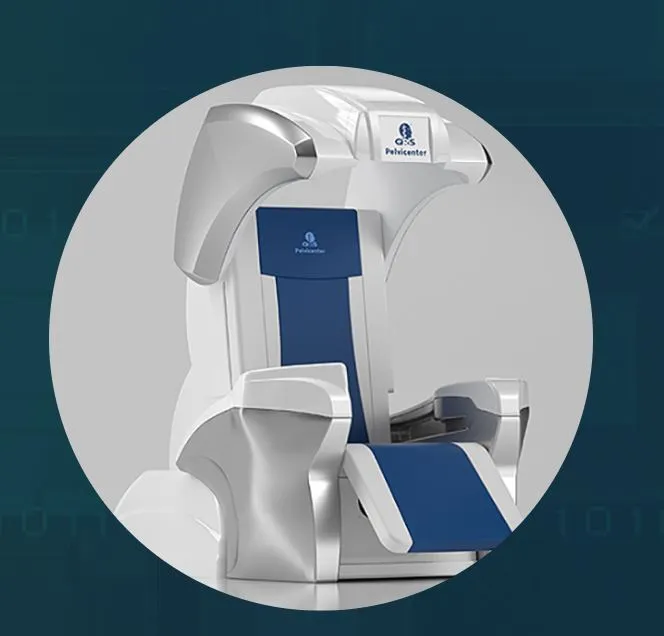
N.CO Method®
This method is based on the combination of extracorporeal magnetic stimulation with different pelvic floor muscles training programs for women and men. The benefits of good core conditioning program will decrease the possibility of back pain and incontinence. The complete protocol requires 10 sessions of 40 sessions under the supervision of a health care professional to adapt the protocol accordingly.

Pelvic floor muscles exercises
Physical therapists teach patients how to properly do Kegel and other exercises to contract and relax pelvic floor muscles and also teach breathing and timing techniques.
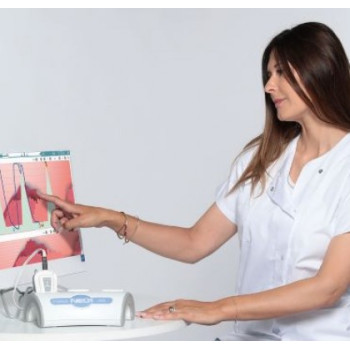
Biofeedback therapy
Biofeedback therapy involves placing a sensor near the pelvic floor muscles, which transmits the amount of force the woman is exerting to a computer. During biofeedback, the equipment measures and receives information about your pelvic foor and the abdominal muscles.
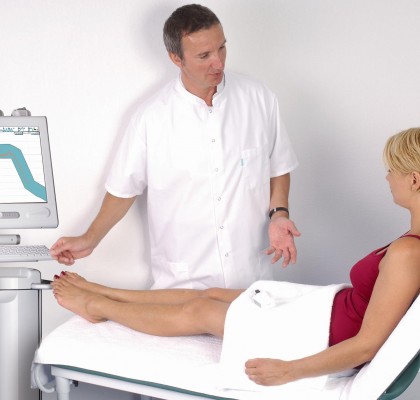
Standard electrical stimulation
At our center we provide our patients with diifferent types of stimulation which are based on using a low intensity electrical current to obtain a targeted response to the treated area. The frequency, pulse width, intensity and duration of the session are variable.
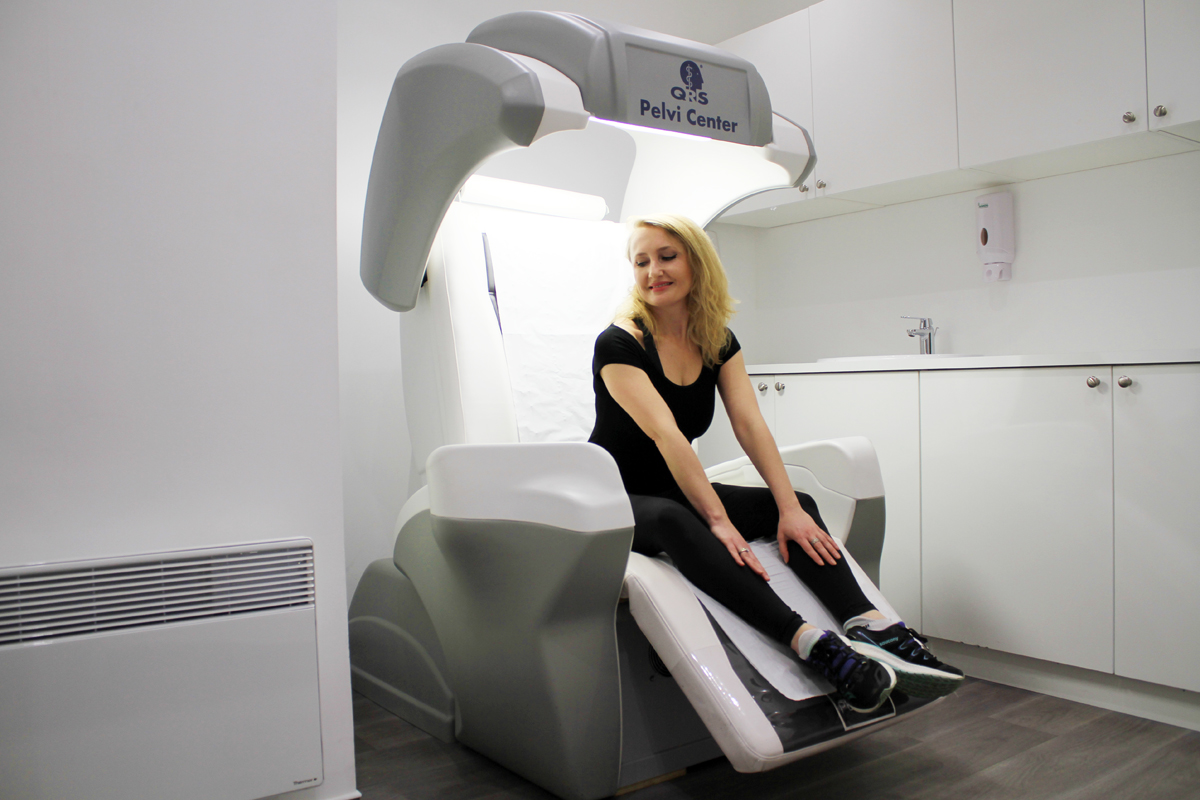
Extracorporeal magnetic stimulation therapy
It is a medical chair that uses high intensity electromagnetic energy to restore your pelvic floor, in stimulating the pelvic floor muscles with an intensity and frequency you could never achieve on your own. The magnetic chair has several advantages: no intra-vaginal or intra-anal probe used, no need to undress, effective and painless treatment in women and men.

Bladder training or behavioral therapy
A physical therapist can help patients learn how to extend the time between voiding. This can be done through scheduling times to use the bathroom and managing the overwhelming urges to urinate.
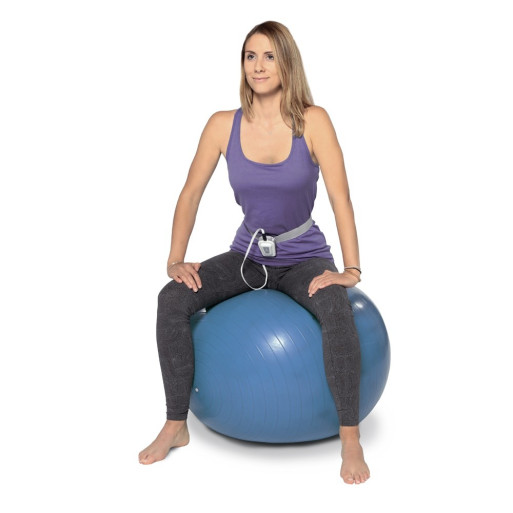
Home care programs
The post-therapeutic self-rehabilitation programs ensure good results and it is appropriate to carry out personal self-rehabilitation work, outside of the sessions already scheduled. Your therapist will help you define the frequency and type of exercises and provide you with leaflets.

Post-natal care
In France, all new mums post natal care includes a full perineal and abdominal check-up six weeks after giving birth followed by a post natal rehab programme. Perineal rehabilitation is a very developed practice in France and introduced in 1982 by Mr. Alain Bourcier.

Incontinence during sports and fitness activities
Physically active women are more likely to experience incontinence,and the problem is most common in high-impact sports. MAB Program® is based on biofeedback sessions and strengthening of these muscles in different positions.

Male urinary incontinence
Physiotherapy as an effective method to support the treatment of male urinary incontinence. This therapy involves behavioral management, pelvic floor muscle training in combination with biofeedback and/or electrostimulation.
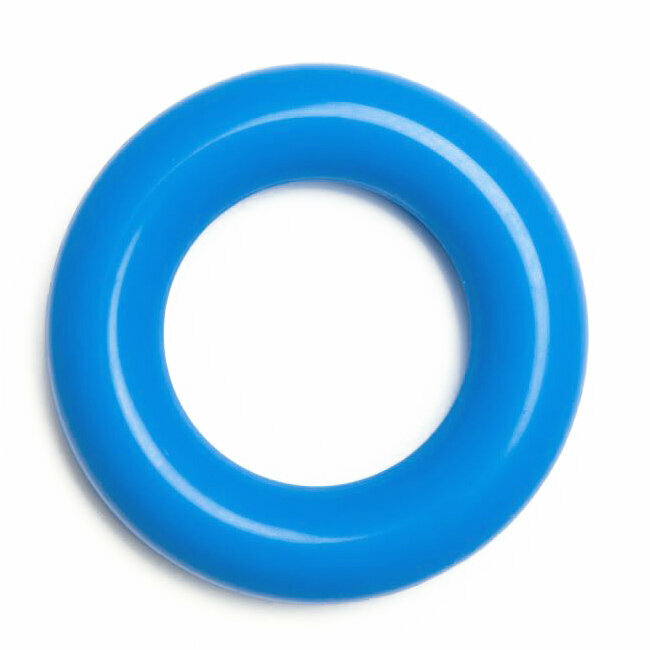
Pessaries
A pessary is a prosthetic device inserted into the vagina commonly used to treat pelvic organ prolapse and to maintain the location of organs in the pelvic region. Pessaries come in different shapes and sizes, so it is important that individuals be fitted.-
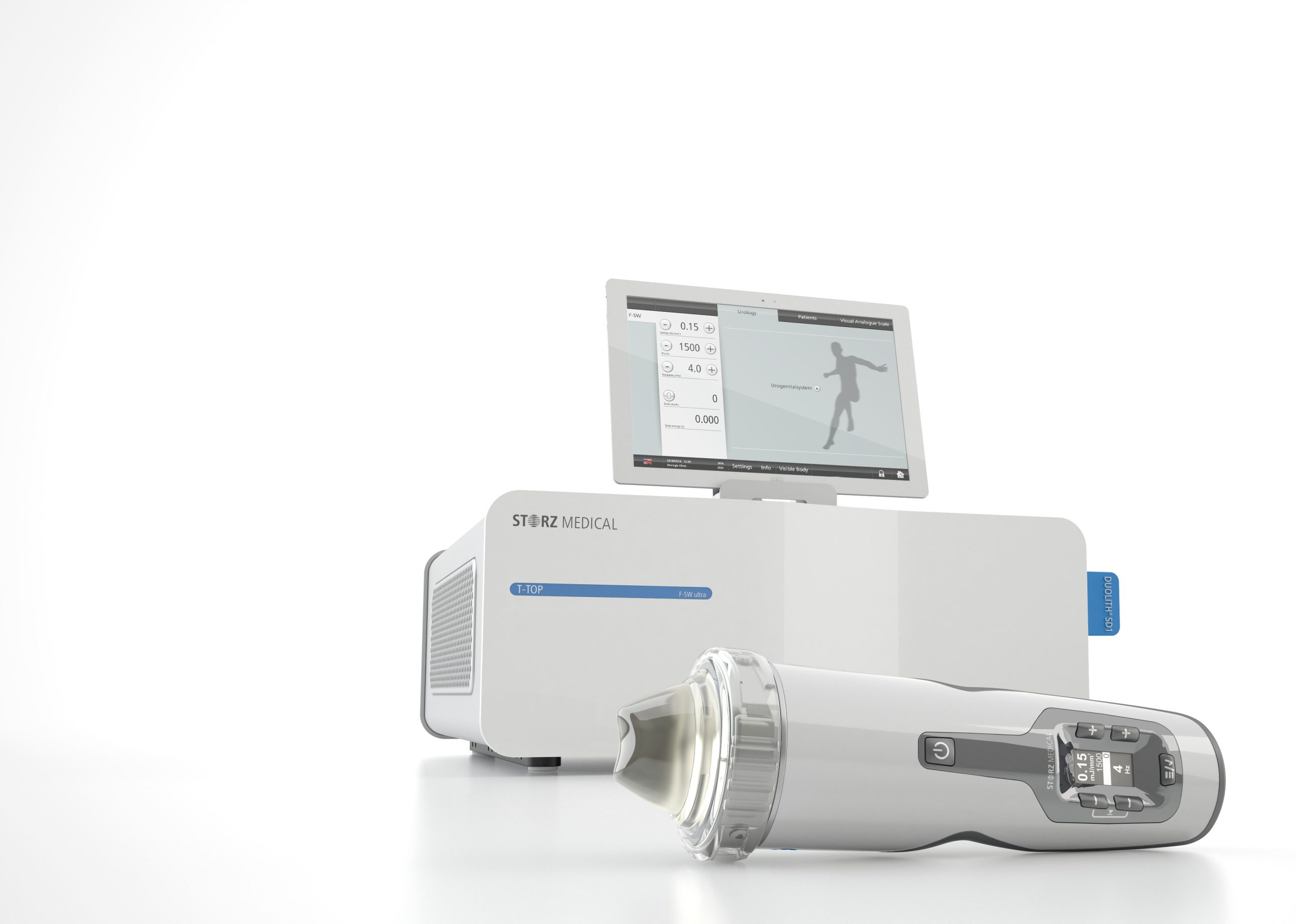
Microenergy acoustic pulse therapy
Shock wave therapy is used to treat many muscle disorders, including pelvic floor pain and spasm. It restores function and structure of pelvic floor muscles which is a modified low-intensity shock wave with a different wave form.

The Laser therapy
Vulvovaginal laser therapy is beginning to be established for the minimally invasive treatment of the genitourinary menopause syndrome and mild stress incontinence. The sessions last between 10 and 30 minutes and must be practiced 3 to 4 times one month apart.
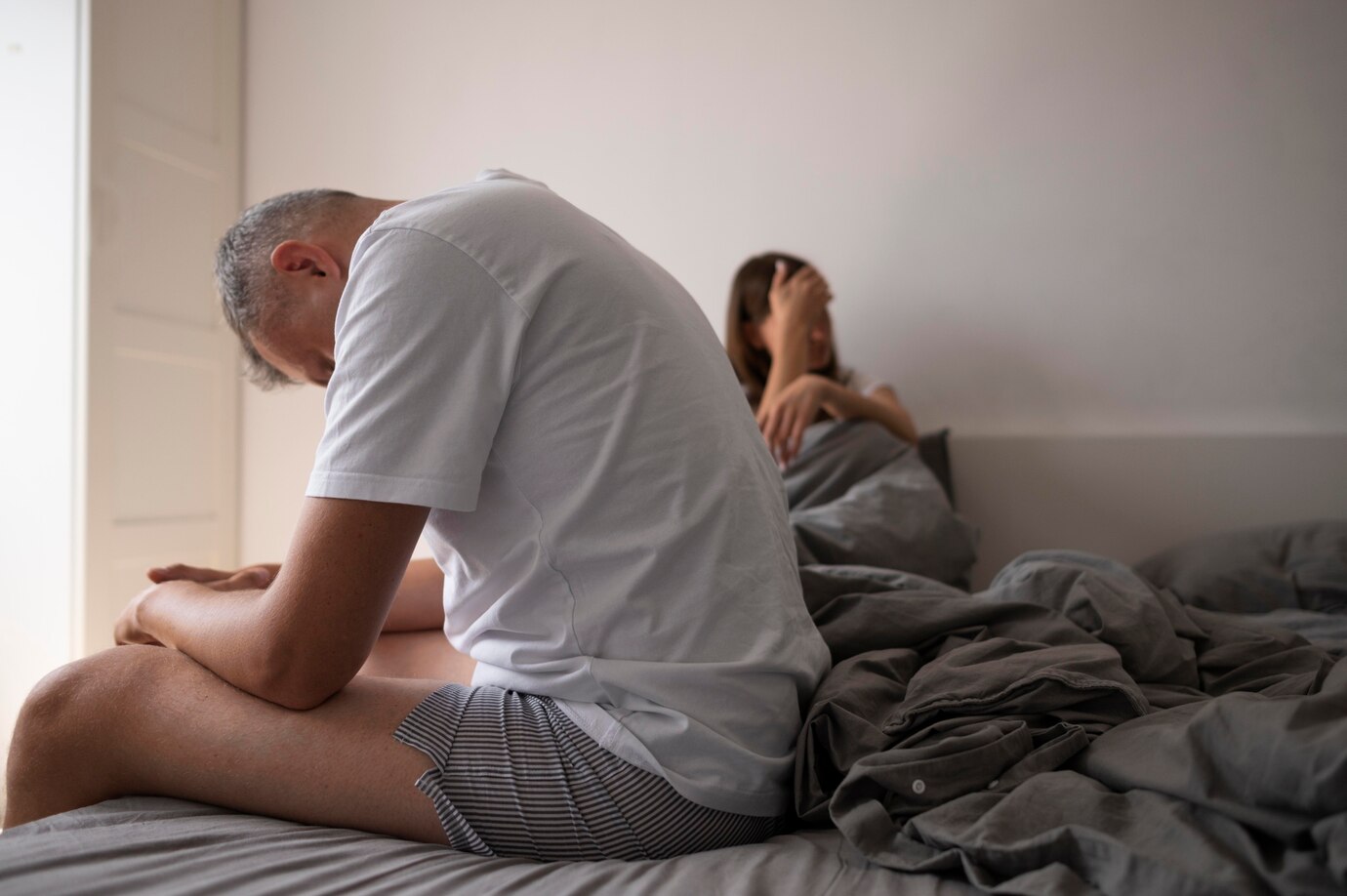
Male sexual dysfunction
There are various physical therapy techniques that can be used for maintaining an erection, with microenergy acoustic pulse therapy to improve blood flow and nerve function. Home exercise programmes should include pelvic floor strengthening exercises.
Medication and Surgery for Incontinence, Prolapse and the Pelvic Floor
Medications
Drugs that relax the bladder can be helpful for relieving symptoms of overactive bladder and reducing episodes of urge incontinence. These drugs include: Tolterodine (Detrol) Oxybutynin, Trospium, Solifenacin (Vesicare), Fesoterodine (Toviaz), Mirabegron (Myrbetriq).
Bladder injections
Onabotulinumtoxin A, also called Botox, used in small doses directly injected into bladder tissues, this protein relaxes the muscles. The injections are done in the clinic, and most patients tolerate the injections well. The treatment results last about six months.
Bulkamid
Urethral bulking is a relatively non-invasive surgical treatment option for stress incontinence and an alternative to surgery. This treatment involves injecting the bladder neck . The procedure is a series of 3-4 small injections in an outpatient setting under local anesthetic.
Surgical treatments for urinary stress incontinence and pelvic organ prolapse
If traditional treatments and pelvic floor muscle exercises fail, a surgical solution may be the best option to treat pelvic floor weakness symptoms. Surgery is used to correct the effect of having a weak pelvic floor; for treating moderate to severe pelvic floor weakness; urinary stress incontinence and pelvic organ prolapse.
There are different types of surgical treatments, each of these operations can be performed with different techniques, and each has its own advantages and disadvantages. There are three types of minimally invasive approaches: vaginal, laparoscopic, or robotic-assisted surgery. Our surgical team discuss with our patient the risks and benefits of each intervention, to evaluate their personal needs, social status and how incontinence affects their life.
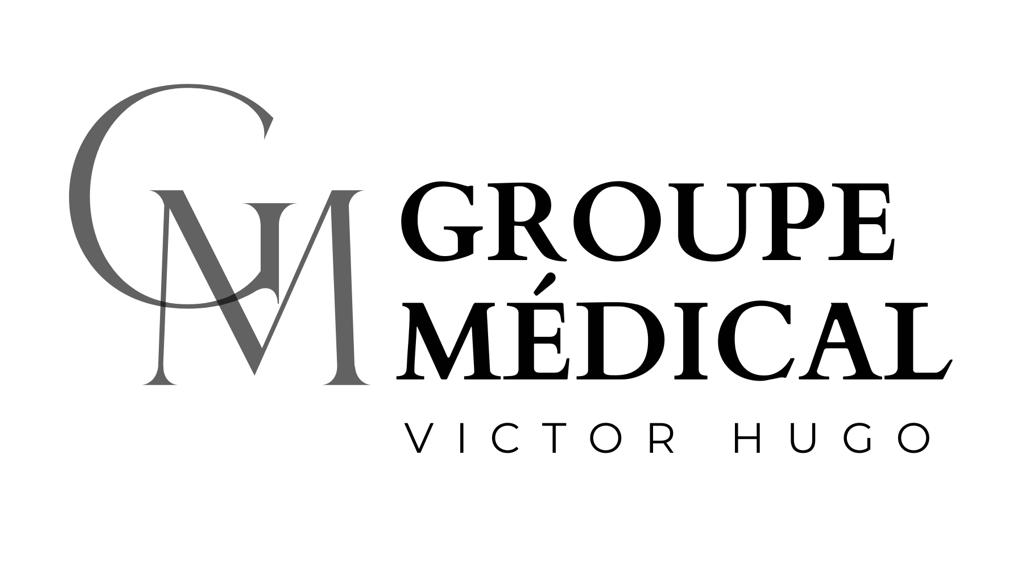

 Our Treatments
Our Treatments